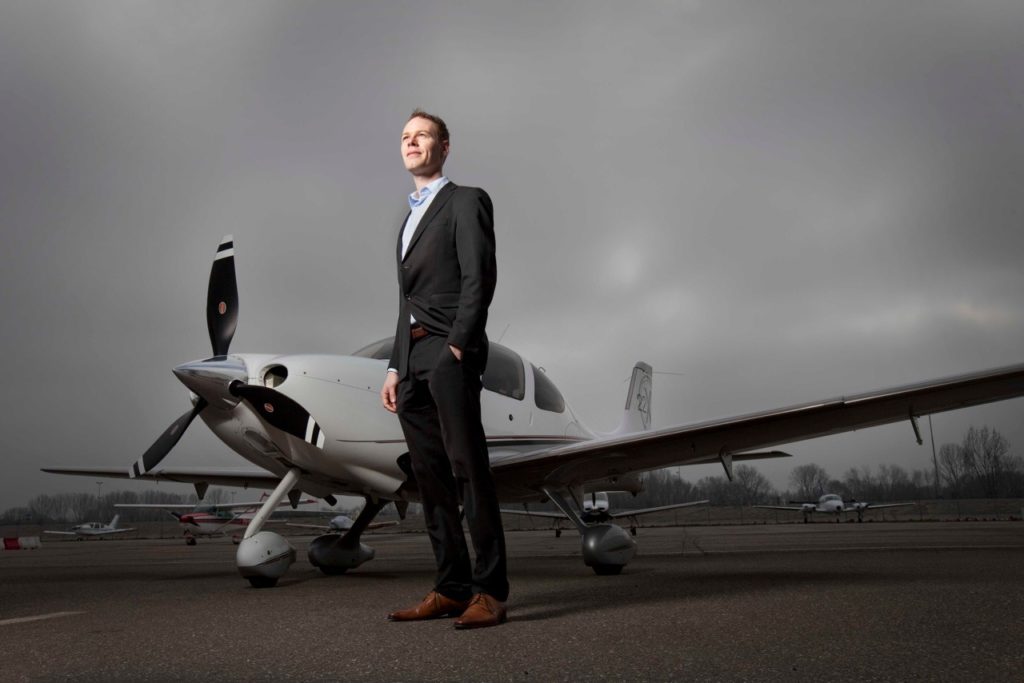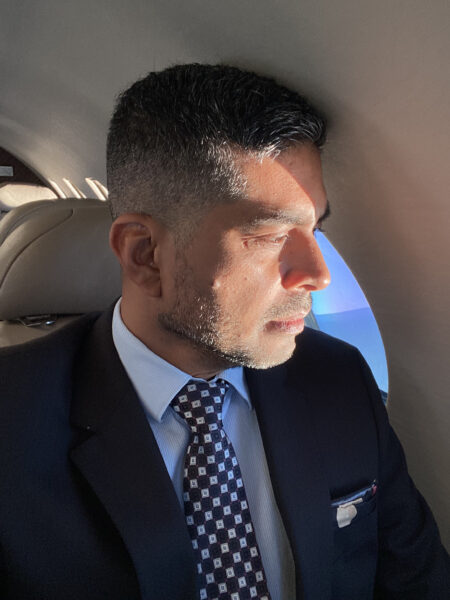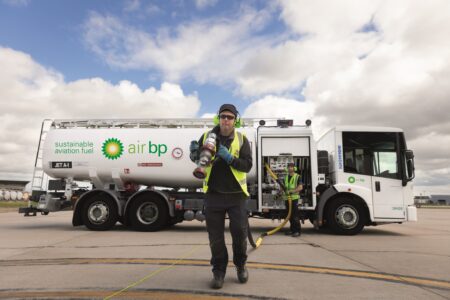Stefaan Ghijs, co-founder at Fly Aeolus, explores ways in which the business aviation industry can support its desired growth.
When we see or hear about private jets, we quickly connect the service with being ‘rich and famous’ and something used by money-splurging customers. The average traveler is probably not expecting to use a similar service any time soon.
Time is of the essence. Traffic jams have not yet seen the end of their lifetime and increase year on year. According to Inrix, German car drivers and passengers lose on average 120 hours a year in traffic jams. Big airports, however, advise you to get into the airport two to three hours in advance, even for domestic flights that only take an hour to fly to the destination. Airlines also only provide limited connections. In its report, Trends in Air Traffic, Volume 3, A Place to Stand: Airports in the European Air Network, Eurocontrol states that 90% of the planned scheduled flights in Europe depart from the 250 largest airports in Europe, whereas just 43.8% of the flights depart from the 25 largest airports.
These statistics mean using 1,600 underserved airfields and regional airports in Europe and small overcapacity aircraft might just be the perfect fit to get people in a private aircraft to their final destination for affordable prices. But how will we get there and how will the air taxi business change, making sure that we can use the skies as an alternative to the road?
How is the passenger demand changing?
The increasing prices of commercial airline tickets and innovation in general aviation dropping operational costs drives people to look for alternative transportation means like private travel. While price always stays a main driving force for customers choosing the right product, the demand for receiving value for money is majorly increasing. Passengers like to receive a full experience with a smile.
Automation improved the bottom line of traditional commercial airlines but the personal attention, the human face and the not always so straightforward service kind of faded away in the quest for automation. In the modern connected world, passengers want to be understood and want to be able to express their worries and demands. After all, we are just human beings. With news and updates being constant, we cannot neglect the requirement to answer quickly and swiftly to any passenger request.
The financial crisis of 2008 taught us that passengers have shifted their demands. Premium demand showed a large drop. Premium passengers changed their business seat for an economy or low-cost seat. The traditional commercial airlines were unable to recoup this lost demand in the aftermath. This was a clear statement by the customer that the demand for service and luxury has shifted once and for all. Passengers are looking for quick and seamless travel. The perks like catering and spacious seats are seen as less important on regional and domestic routes, and time is becoming the new luxury.
Drones and flying cars vs regulation
New companies keep emerging and they are often keen to be the first mover in developing a flying car or passenger drone as an alternate to the traditional car. Cartoons like The Jetsons help entrepreneurs to set out this vision.
Two major challenges are on the horizon concerning the introduction of the urban air taxi. First of all, the operational regulations. Countries with a traditional airline background will find it hard to move forward in letting small drones populate their busy skies. They will need to convince themselves that people on the ground are completely safe and should not worry about drones falling from the skies. Otherwise are passengers ready to get in unmanned vehicles? The way forward is testing such devices like they did in Dubai with the self-flying taxi in 2017.
Uberization as a driving factor for distributing private aircraft
The air taxi market has seen its fair share of internet innovation. Major private jet charter brokers – agents looking for the right aircraft for the right passenger – are getting more and more competition from platforms connecting operators with customers, such as Privatefly.
The supply of private aircraft on these platforms is increasing and they make private jets accessible and easy bookable, providing an excellent user experience design. The latter requires private jet brokers to rethink their part in the air taxi value chain.
The uberization of the air taxi market also stimulates the development of other web platforms connecting private aircraft owners with passengers. In continents with a lot of remote locations and destinations – such as Australia – private owners flying passengers are seen as utterly normal. These models are seen as a necessity in getting passengers to hospitals or other care taking facilities.
Wingly and other similar companies try to play their part in these kinds of models in a European context. Changes and questions regarding safety and regulations around these models are important and must be addressed. A question of how experienced my pilot is might be simple but is paramount; some pilots operating in these models recently earned their pilot license. The latter is the reason why Fly Aeolus operates its Cirrus SR22 fleet with experienced commercial pilots only.
Are we ready to take-off in our backyard for affordable prices?
The airline business is a business in which innovation continuously influences the way we operate. Throughout history, improved avionics and systems made it possible to reduce crews from three members to two members with aircraft operating in traditional commercial airlines.
New air taxi models are able to operate safely in specific circumstances. Innovation will stretch these circumstance, though regulations will have to be addressed along the way making sure these models can soar in 2025.





